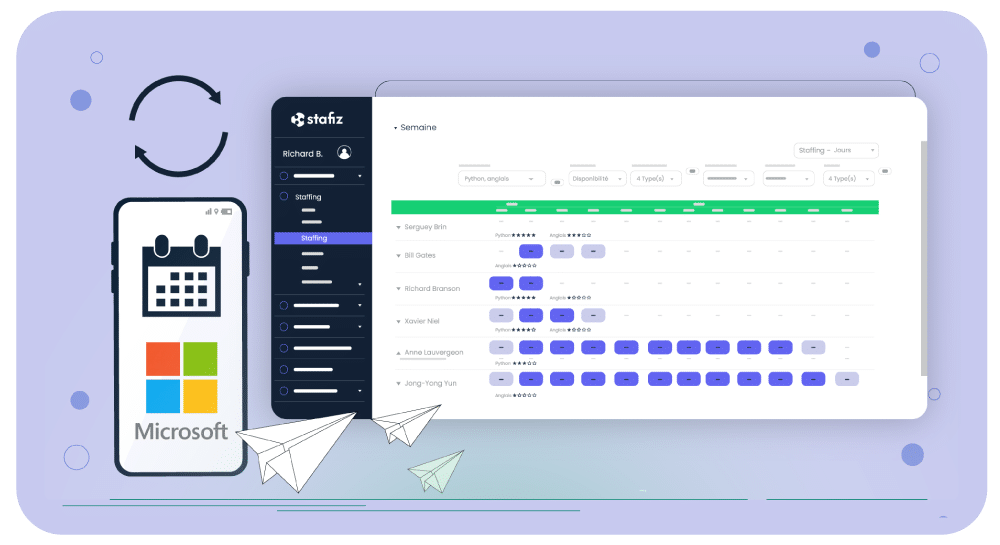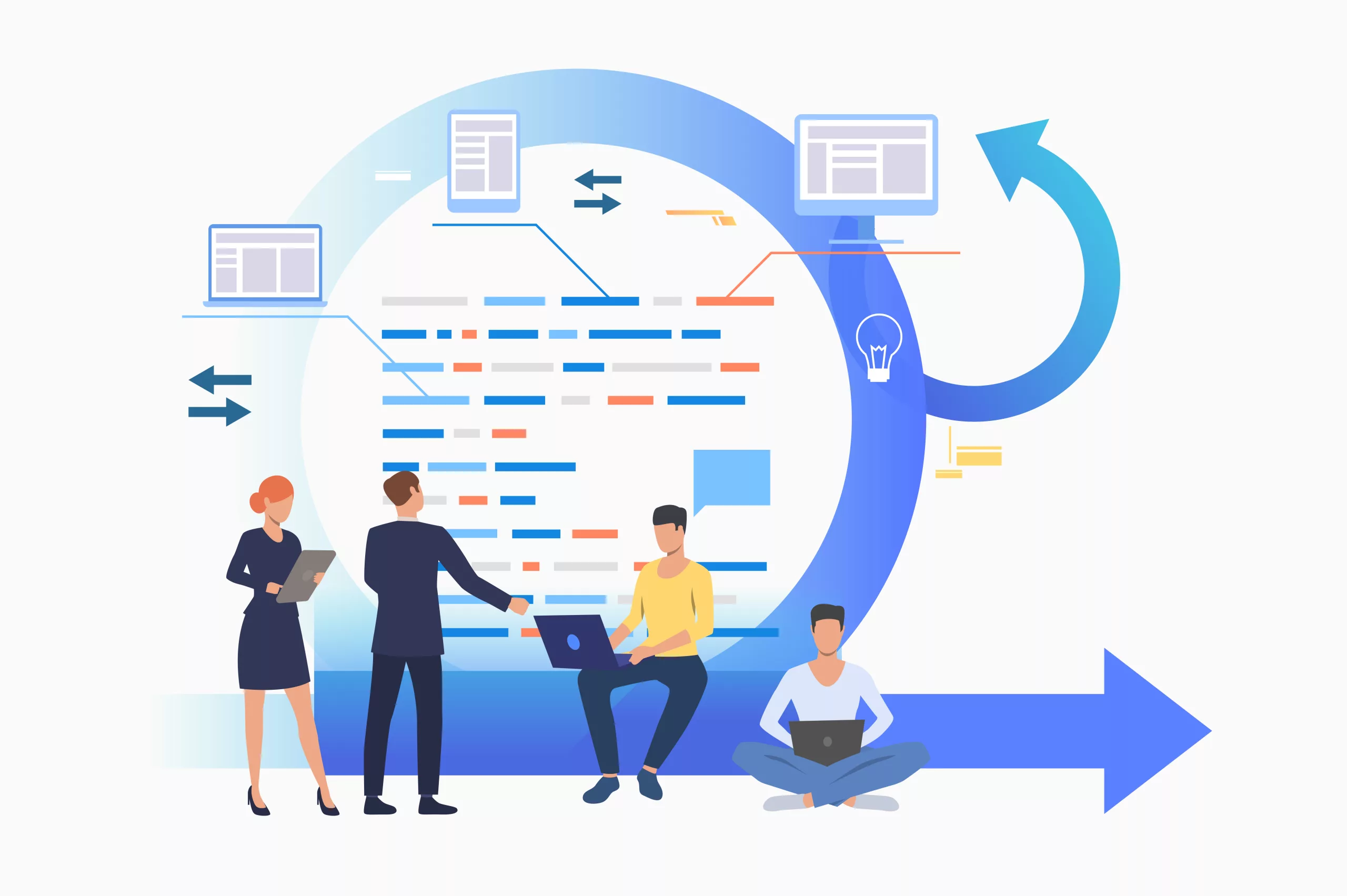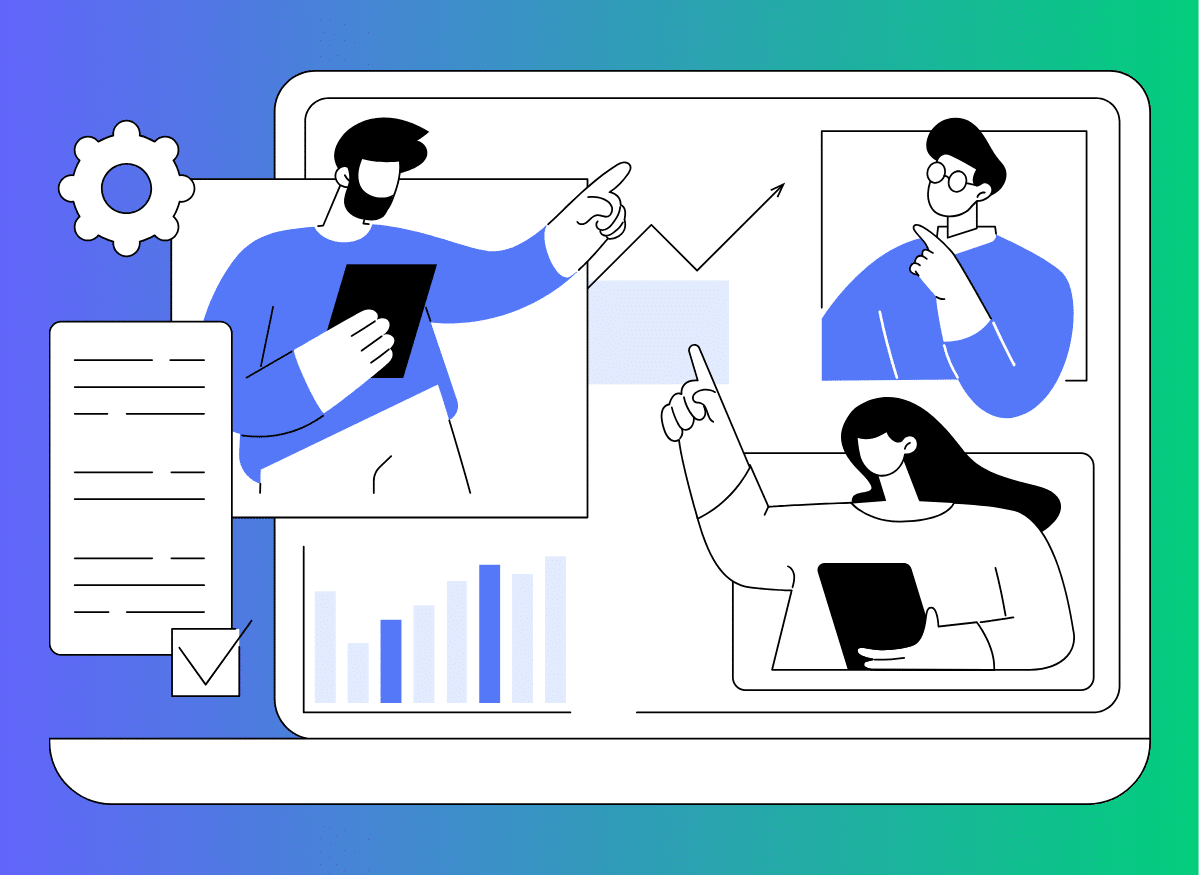What is project cost management software?
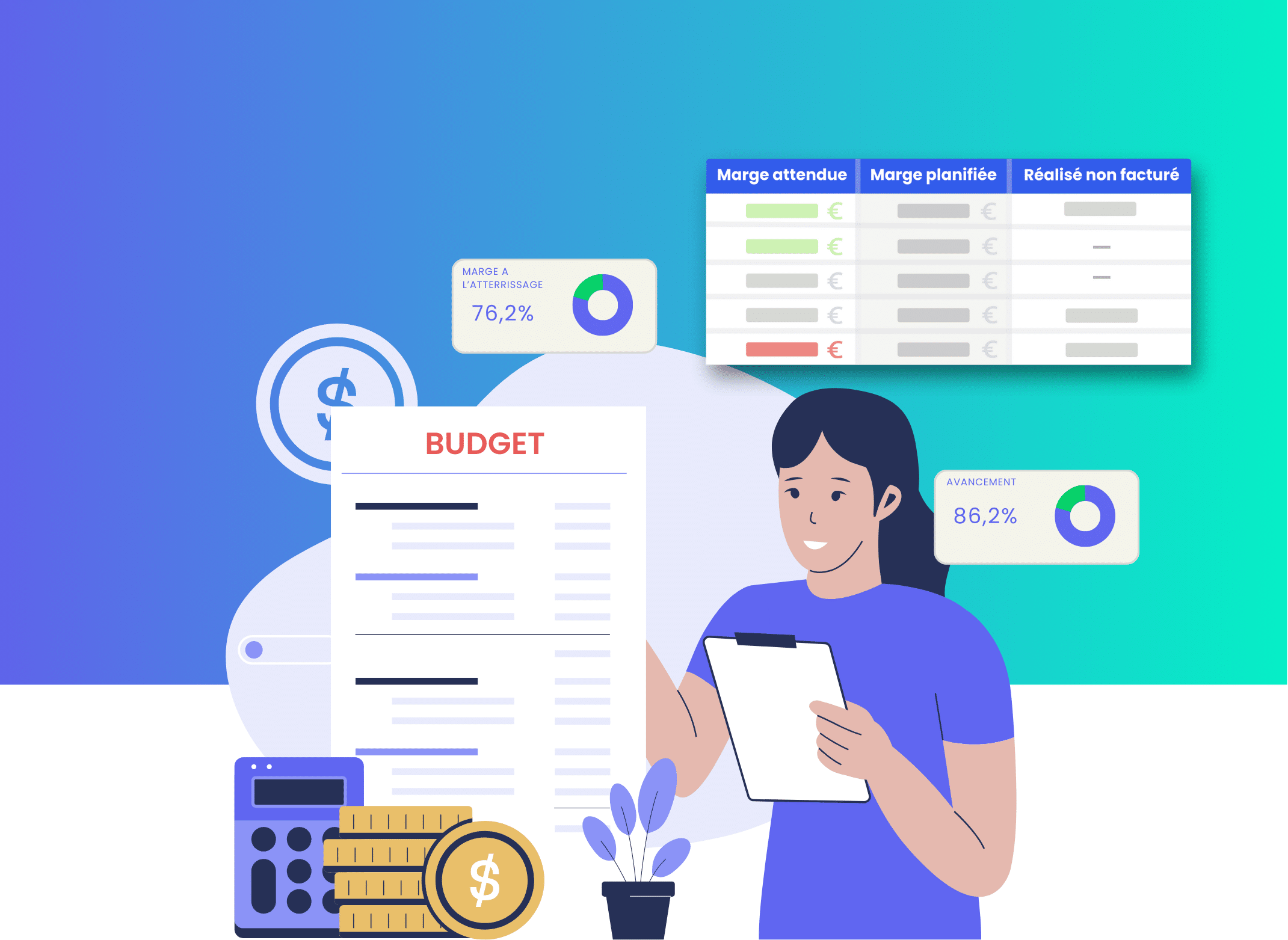
Are you still trying to keep track of project costs with spreadsheets? Or “guestimating” what your next project is going to cost based on nothing more than gut feel and a feel quotes? If you are, you don’t have to.
Project cost management can reduce wasted hours, wasted resources, and improve collaboration and time management during important projects - if you are using the right tools, that is.
Project cost management estimates and reports the cost of your projects as related to the budget. With project cost management software, you and your team can make adjustments and create forecasts based on accurate and up-to-date data.
What Is Cost Management and What Are the Stakes?
Cost management is the process of planning, estimating, budgeting, tracking, and controlling costs to optimize resource allocation and achieve financial goals. It involves a proactive approach to identifying and minimizing expenses while ensuring that you (and your customers) get value for money. Think of it as the financial backbone of any business or project.
Uncontrolled costs can eat into your profits, reduce your competitiveness in the market, and even lead to insolvency. If you consistently exceed budgets, you can derail the entire project entirely. Effective cost management keeps projects on track and within budget. It can have a big impact on your team too - overspending inevitably leads to more stress and insecurity at work.
Cost management addresses these issues head-on through budget estimation and cost control. It forecasts future expenses based on historical data, industry trends, and project scope. A good estimate sets realistic expectations and helps identify potential pitfalls early on.
Once you have a budget, it's time to stick to it! Cost control involves tracking actual spending against the estimate and taking corrective actions when needed. This could involve negotiating with suppliers, optimizing resource allocation, or finding alternative solutions.
Good cost management tools also have financial reporting functionality that can be accessed by financial leaders and project managers. Financial reporting involves gathering and analyzing data on income, expenses, and overall financial health. Regular reports help you understand where your money is going, identify areas for improvement, and communicate financial performance to stakeholders.
Choosing the Right Project Cost Management Software Solution
Choosing the right project cost management software is crucial for ensuring the success and profitability of any project. Here’s how to evaluate the criteria before making your selection:
Budget Management
The software must allow for complete management and definition of the project budget. It must support the allocation of multiple costs, including staffing, outsourcing, acquisition (such as software licenses, equipment, transportation), and any other expenses relevant to the project. This allows you to stay within your budget and make adjustments as needed.
Cost allocation
Effective resource allocation is essential for project success. The software should facilitate the allocation of resources, particularly staffing, to different tasks and projects based on availability, skills, and project requirements. For example, you could allocate senior staff to the more crucial beginning phase of the project, and then allocate juniors to oversee its completion once it’s set up.
You can also move staff between projects to optimize their time.
Time tracking
Accurate time tracking capabilities are necessary for monitoring resource utilization and project progress.
The software should allow team members to log their time spent on various tasks and activities, enabling managers to track actual versus planned hours to avoid scope creep.
Forecasted Profitability and KPIs
The software should provide tools to forecast the profitability of the project based on estimated costs, revenue, and other financial indicators. Key performance indicators (KPIs) should be customizable, and the software should offer alerts to notify stakeholders of any deviations from expected goals.
Differentiation Between Estimated and Actual Costs
Clear differentiation between estimated and actual costs is essential for tracking project performance accurately. The software should provide visibility into both estimated and actual expenses, allowing for quick comparisons and detailed analysis.
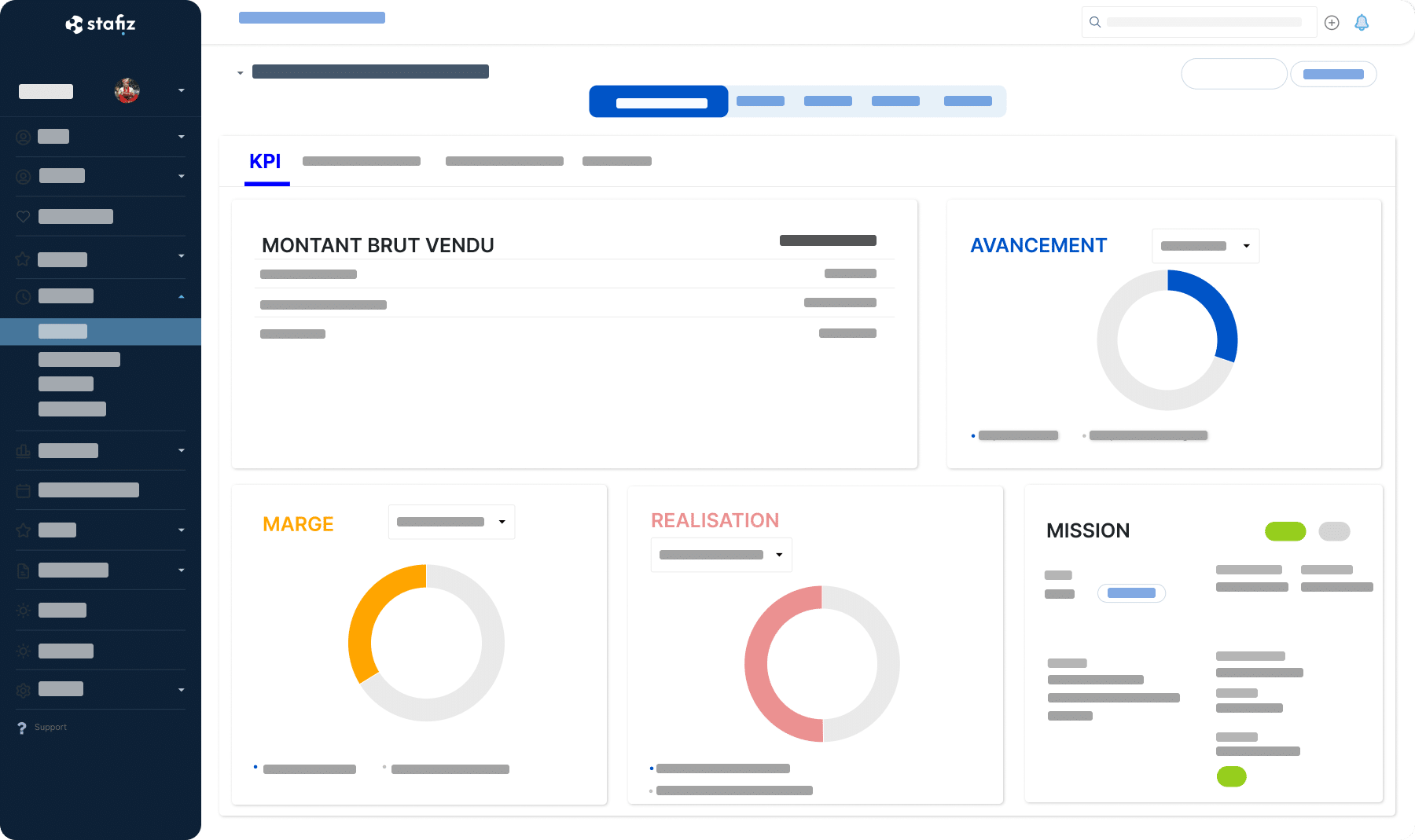
Dependencies Management
Capabilities for managing dependencies between tasks, projects, and programs are critical for ensuring smooth project execution.
The software should support program management functionality and enable users to encapsulate projects within larger programs or portfolios.
Robust Reporting and Filtering
The software should offer strong reporting and filtering capabilities to identify issues, trends, and opportunities. Users should be able to generate customizable reports and filter data based on various criteria, such as team, geographical area, project phase, or cost category.
Cost and Revenue Analysis
The software should provide insights into earnings, revenues, and overall project financial performance. This holistic view allows stakeholders to make informed decisions and optimize project outcomes.
What is the best cost management software?
The quality of a software solution depends entirely on the people who adopt and use it. Integrated software may be great for saving time, but its benefits can never be leveraged if it's rejected by employees.
Here are a few best practices to keep in mind:
- Prioritize Data Accuracy and Integrity
Integration of time tracking functionalities within the software ensures real-time visibility into resource utilization, facilitating precise cost tracking and forecasting. Historical data on resource utilization and costs enables more accurate forecasting of future needs and potential bottlenecks.
Integrating time tracking with project management software provides immediate insights into how resources are being spent on various tasks and projects. This real-time visibility allows for course corrections and adjustments before issues escalate.
- Establish Project Governance and Company Steering Processes
By incorporating project governance principles, organizations can ensure transparent decision-making and ensure that everyone stays within budgets and constraints. Linking project costs to key performance indicators (KPIs) and incentive structures motivates teams to deliver within budget and optimize the use of resources.
This promotes a "cost-conscious" mindset across the organization.
- Keep Billing in Mind
Seamless integration with invoicing processes is the easiest way to translate project efforts into revenue as soon as it's complete. Platforms like Stafiz make it easy to transform projects into time and materials directly into invoices, streamlining invoicing procedures and reducing the administrative burden.
- Analyze Broader Financial Performance and Profitability
Beyond project-specific costs, it's crucial to analyze broader financial performance and profitability metrics. Comprehensive project cost management software enables stakeholders to assess overall project health and identify areas for improvement.
- Leverage Historical Data for Better Estimations
Thinking about the costs and performance of past projects provides valuable insights to accurately estimate future spend. Software solutions like Stafiz offer strong data analytics capabilities, allowing organizations to learn from past experiences and refine cost estimates.
- Consider Data Migration and Integrations
When implementing new cost management software, it is essential to consider data migration needs and potential integrations with existing systems.
Platforms like Stafiz prioritize seamless data migration and offer integrations with accounting, business intelligence (BI), and other software solutions for enhanced functionality.
Stafiz is THE solution specifically designed for professional services activities. Whether your business is large or small, the software integrates seamlessly with your everyday tools.
- Evaluate Total Cost of Ownership (TCO)
Understanding the total cost of ownership is critical for assessing the long-term value proposition of project cost management software.
The initial cost of the software is just the starting point. Total cost of ownership factors in all expenses associated with acquiring, owning, and using the software throughout its lifespan. This includes ongoing costs like:
- Maintenance and support fees
- Integration costs
- Data migration costs
- Hardware Upgrades
TCO allows you to compare different software options more accurately. It helps you see which option offers the best value for your money in the long run, not just initially. For example, cheaper software with high maintenance costs could end up costing more than a more expensive option with lower ongoing costs.
By using comprehensive solutions like Stafiz, which includes improved billable utilization, project margins, capacity planning, productivity as well as cost savings compared to legacy software replacements, it meets the criteria for project cost optimization – it helps you close more projects and generate more revenue.
Comparing Different Project Cost Management Software Solutions
- Harvest
This time tracking and invoicing software integrates seamlessly with popular project management tools, making it ideal for freelancers and small teams to capture project hours and generate accurate invoices for cost tracking. While Harvest has a simple, intuitive interface and robust invoicing features, it lacks advanced cost management features like budgeting and forecasting, and has limited reporting capabilities.
- Toggle Track
Offering simple time tracking with automatic cost calculations based on set rates, Toggle Track is a user-friendly option for individual contractors and small businesses needing basic cost management functionalities. Toggle Track comes with easy-to-use time tracking, automatic cost calculations based on set rates, at an affordable rate, but it’s not ideal for complex projects and lacks budgeting and resource management features.
- Smartsheet
Primarily a collaborative spreadsheet tool, Smartsheet offers project management features with cost tracking capabilities. It is suitable for teams looking for a flexible solution to manage projects, tasks, and associated costs in a familiar spreadsheet interface.
It's a tool that's flexible enough to set up custom cost tracking needs and integrates with time tracking tools. It is not designed for project cost tracking, and cannot be used for complex forecasting, and has very limited reporting capabilities. This tool is not ideal for large projects.
- Asana
This popular project management platform offers basic cost tracking through custom fields and integrations with time tracking tools.
It's a good fit for teams already using Asana for project management who want basic cost visibility alongside their tasks. It's a very user-friendly platform that offers cost tracking through custom fields and integrations, but has very limited cost management features and very basic reporting and analysis.
It’s not ideal for detailed cost control needs.
- Zoho Projects
This comprehensive project management suite includes built-in cost tracking features, allowing teams to budget, track expenses, and analyze project profitability. It's a strong option for organizations seeking an all-in-one solution for project management and cost control.
Zoho comes with built-in cost tracking, budgeting, and profitability analysis, and is generally good value for money.
However, it can be complex for small teams. The user interface looks quite cluttered and the customization options are very limited compared to the dedicated cost management tools.
- Stafiz
Tailored specifically for agencies and service-based businesses, Stafiz goes beyond time tracking to offer features like project budgeting, resource allocation, and profitability analysis. It caters to teams needing in-depth cost management capabilities specific to their industry.
It caters to teams that need deep industry-specific cost management capabilities. Stafiz comes with several industry-specific features for agencies and service companies, but its advanced cost management tools such as budgeting, resource allocation, and profitability analysis are easy to use.
Project Cost Management Tools Comparison Table
| Tool | Use case | Features | Cost (per user/month) |
|---|---|---|---|
| Harvest | Freelancers, small teams | Time tracking, invoicing, basic reporting | Free for 1 user, paid plans available |
| Toggle Track | Individuals, small businesses | Simple time tracking, automatic cost calculations, limited reporting | Free (basic features), paid plans from €9 |
| Smartsheet | Flexible teams, custom cost needs | Spreadsheet-based cost tracking, project management features, limited reporting | Free (limited features), paid plans available |
| Asana | Existing Asana users, basic cost tracking | Project management, custom fields for cost tracking, time tracking integrations | Free (limited features), paid plans available |
| Zoho Projects | Teams that need comprehensive project and cost management | Integrated cost tracking, budgeting, forecasting, reporting, resource management | Free (limited features), paid plans available |
| Stafiz | Agencies and service companies | Advanced cost management, resource allocation, business analysis, project management | Free trial, paid plans available |
Comprehensive project cost management software goes beyond just tracking costs. It integrates with financial systems, allowing for seamless aggregation and analysis of various financial indicators such as revenue, expenses, and profitability.
Advanced reporting and visualization tools help present insights in a clear and digestible way for stakeholders, allowing them to easily identify trends, track progress, and make informed decisions.
The software can also facilitate scenario planning and forecasting, allowing stakeholders to simulate different financial scenarios and assess potential outcomes before making critical decisions.
When it comes to project cost management, don't just look at a single project or metric. Look for a holistic solution that gives you a complete view.
